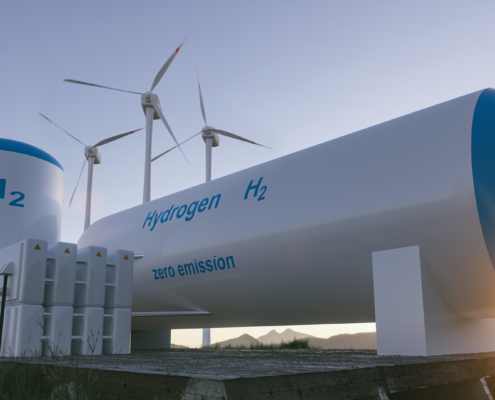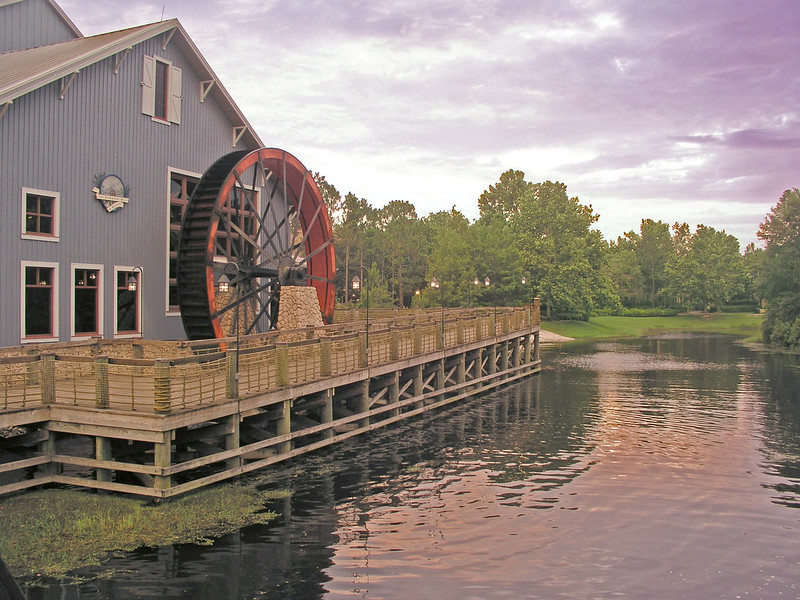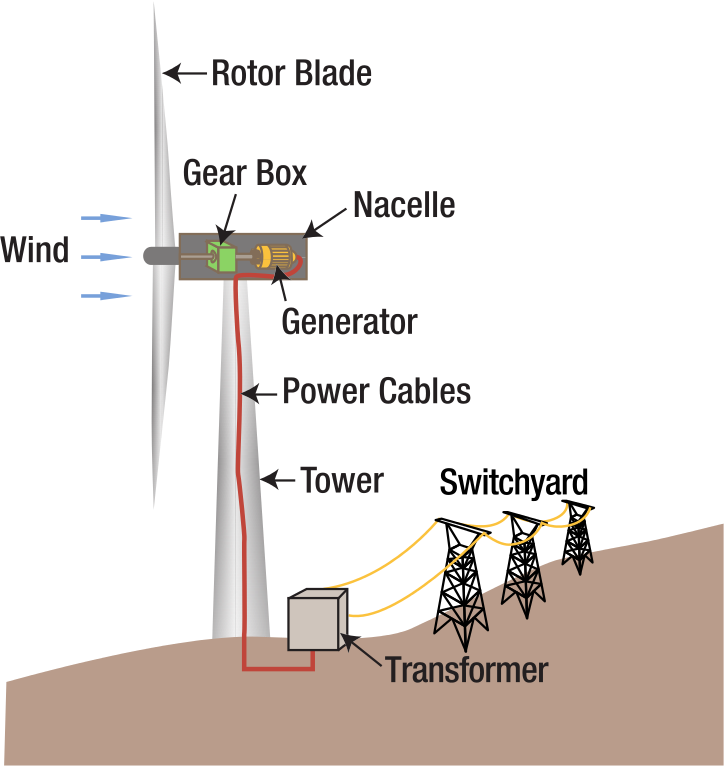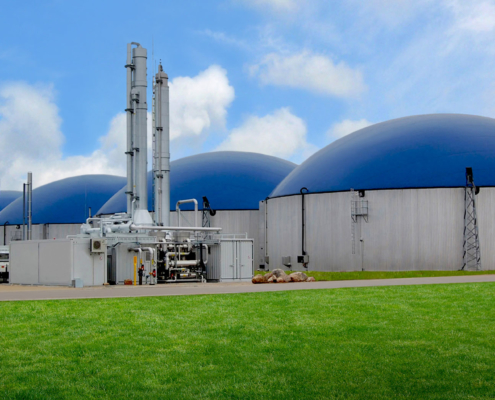 Copyright Independent Balkan News Agency, 2021
https://www.pioneerindustrial.com/wp-content/uploads/2021/11/Biogas-Plant.jpeg
1048
2000
Karrie Williams
https://www.pioneerindustrial.com/wp-content/uploads/2020/12/Pioneer-Logo-Color-min.png
Karrie Williams2021-11-17 21:25:392021-11-17 21:25:44Waste Burner Systems
Copyright Independent Balkan News Agency, 2021
https://www.pioneerindustrial.com/wp-content/uploads/2021/11/Biogas-Plant.jpeg
1048
2000
Karrie Williams
https://www.pioneerindustrial.com/wp-content/uploads/2020/12/Pioneer-Logo-Color-min.png
Karrie Williams2021-11-17 21:25:392021-11-17 21:25:44Waste Burner SystemsWe hear it all the time: We should be using less natural gas and oil and instead be using renewable resources for our base energy demands! People fervently debate the wastefulness and environmental impacts of us not going fully green. It is often overlooked, based on our current technology, that a broad range of resources must be used in order to maintain our first world lifestyles.
It is also often missed that there are many uses of petrochemicals that are outside of the practical purpose of simply energy generation. A sudden shift away from oil as a resource is simply unfeasible with current technology and societal demands.
Today we will dive into some of the alternative energy sources aside from oil and gas. Specifically, we will be looking into the harnessing of wind and water to generate power, how it works, and the pros and cons of the technology.
Fluids as a Source of Natural Energy
You may think these to be two very different topics, but hydropower and wind power function on very similar, basic principles. For starters, both water and air are fluids. When we get those fluids moving in large enough quantities, we can harness their energy by turning kinetic energy into electricity via turbine. The simplest visualization of this to imagine is that of a waterwheel in a river.
Now mostly seen in paintings of a scenic countryside, these earlier technological advancements allowed us to take a large body of water in motion and harness its energy. In the past this could power mill grains, and in present time it can generate electrical currents and provide outlets with electricity.
The Versatility of a Turbine
So how does a turbine (or water wheel) take the energy of a fluid’s flow and convert it to power? The process is quite simple. The engineering behind these turbine designs has become much more advanced than the old days of a water wheel in a river. Every angle and material used is designed to maximize the amount of energy derived from the fluid flow source. The flow of the fluid (air or water) around the fins creates its movement. This movement spins magnets around wire or cable. The spinning movement then pushes electrons through the wire and creates a current.
As stated above, the actual engineering involved is much more complex than this blog is leading on. But, for the purposes of understanding how fluid flow creates power, that’s the bare bones of it. Through clever design and calculation, we can take wind or water flow and make electrons flow through a wire. Pretty amazing, really! In fact, nearly all forms of power generation are doing the same thing. If power of motion is not being harnessed, then fossil fuels are being burned or radioactive decay is being captured. And guess how that energy is used to make electricity? It does so by turning water to steam which is then used to spin a turbine! Apart from solar energy, most power generation has the same end goal of spinning a turbine.
What’s Happening in a Hydro Dam?
Engineers asked themselves: what are some creative and powerful ways we can spin a turbine? You often see wind turbines spinning high over open fields; quite simple. As for hydro dams, they work by first backing up and elevating a body of water. This creates a downwards flow from the top to the bottom. The massive potential energy created by water flowing down from elevation spins the turbines. In most dams this is all happening beneath the walls of the dam, so you may not even see the innerworkings.
Water and wind are so abundant, why not just use electricity from those sources?
The answer is simple: we can’t yet meet our North American base load of demands with such technology and power sources. Wind by nature is unpredictable, and we can’t control if it will be flowing one day to the next.
Dams are more reliable as an energy source than wind, but they cannot be placed wherever we want without major environmental and land usage concerns. Essentially, a section of land must be flooded to build a dam significant enough for base power demands. However, when in place, hydro dams do make for good, consistent power supplies.
The Future of Fluid Energies
Our technology isn’t at a place where we can supply our power demands without a major decrease in consumption. We can probably all agree that consuming less is a great end goal. However, the ideal itself and making it happen are two very different things. The lifestyle changes that hundreds of millions of people would have to make is hard to truly fathom. So, in the meantime we are best off using a balance of fossil fuels, nuclear power, and renewables to meet our energy needs. At the same time, we will keep improving our technological capacity to produce more by using less.
Pioneer serves industries in a variety of different categories by helping them do their job as best as they can. No matter the source of power we want to make the most of them all, improve our yield, reduce waste, and do it all safely and cleanly. We hope this article on wind and waterpower has been informative. Check back regularly for more blog posts ranging from industry deep dives to technical product talk.
 Copyright Independent Balkan News Agency, 2021
https://www.pioneerindustrial.com/wp-content/uploads/2021/11/Biogas-Plant.jpeg
1048
2000
Karrie Williams
https://www.pioneerindustrial.com/wp-content/uploads/2020/12/Pioneer-Logo-Color-min.png
Karrie Williams2021-11-17 21:25:392021-11-17 21:25:44Waste Burner Systems
Copyright Independent Balkan News Agency, 2021
https://www.pioneerindustrial.com/wp-content/uploads/2021/11/Biogas-Plant.jpeg
1048
2000
Karrie Williams
https://www.pioneerindustrial.com/wp-content/uploads/2020/12/Pioneer-Logo-Color-min.png
Karrie Williams2021-11-17 21:25:392021-11-17 21:25:44Waste Burner Systems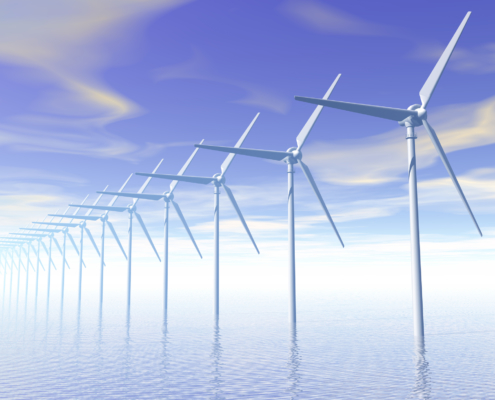
Harnessing Natural Fluid Flows – An Exploration of Alternative Energy Sources Industries
Environmental Safety, Renewable Energy